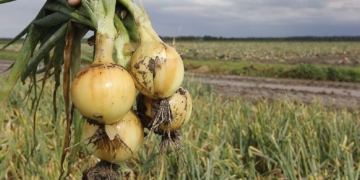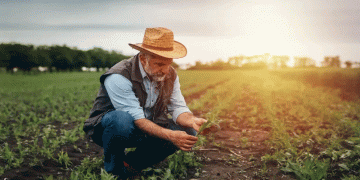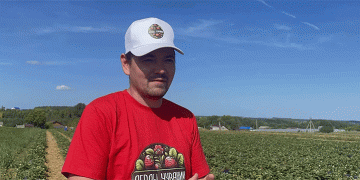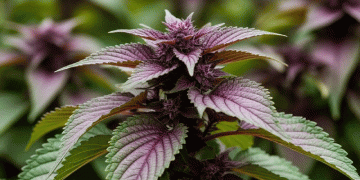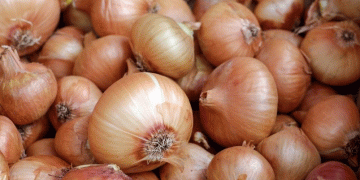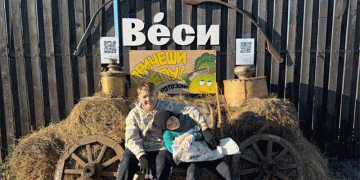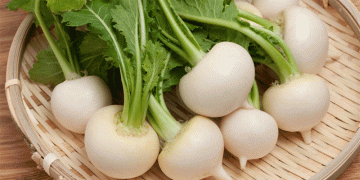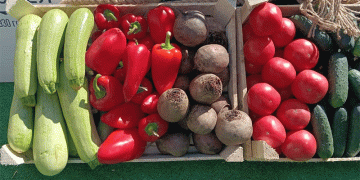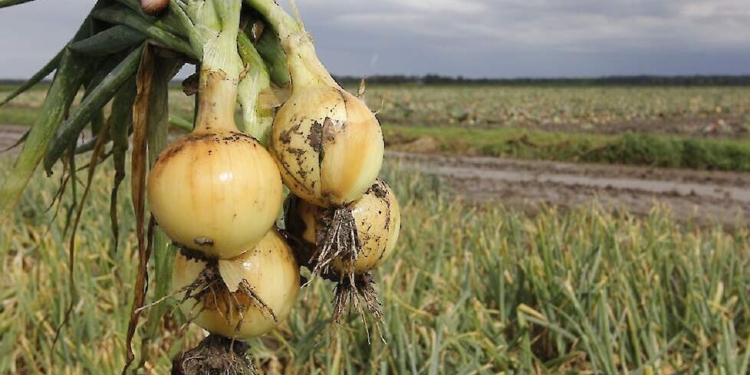Researchers from Wageningen have completely unraveled the genetic makeup of the onion. Mapping the genome of the vegetable was ‘quite a puzzle’, says researcher Richard Finkers of Wageningen University & Research (WUR). Because the onion genome is bigger than you might say. “About 16 times larger than a tomato and five times larger than a human.”
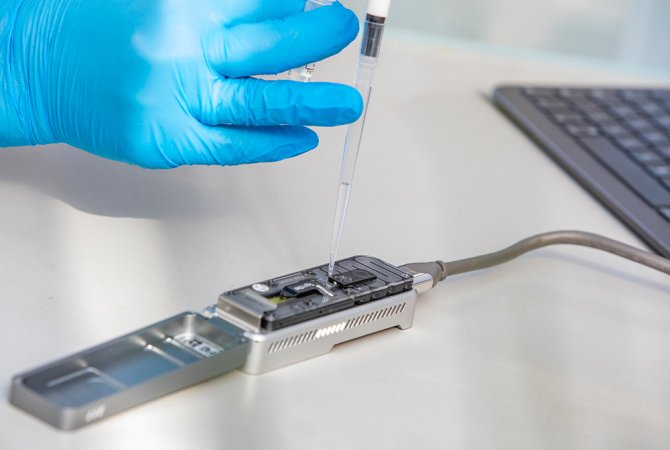
Finkers compares the genetic material of the onion to a puzzle of 100,000 pieces, 95,000 of which depict blue skies. “Only 5,000 pieces are really quite different,” he explains.
The bulbous plant is full of vitamins and minerals and is one of the most widely produced vegetables worldwide. The knowledge of the gene package is useful in the development of new, resilient varieties. “Think of onion varieties that are resistant to fungi,” said Olga Scholten, another researcher involved in the project.
Breeding
The experts in the field of plant breeding think that with the acquired knowledge, breeding onions can be done twice as fast. In breeding, specimens with desired characteristics are crossed with each other. For example, a species can be made more resistant to diseases or drought.
According to WUR, the Dutch eat an average of about 7 kilos of onions a year. Libyans take the cake: they eat an average of 35 kilos of onions per person every year. Onions can not only be used in many dishes. The balls can also serve as a polish. “They are full of natural oils,” the university says. If you are going to clean with onions, it is best not to do this with the onion itself, but by putting pieces of onion in a tub of water.
